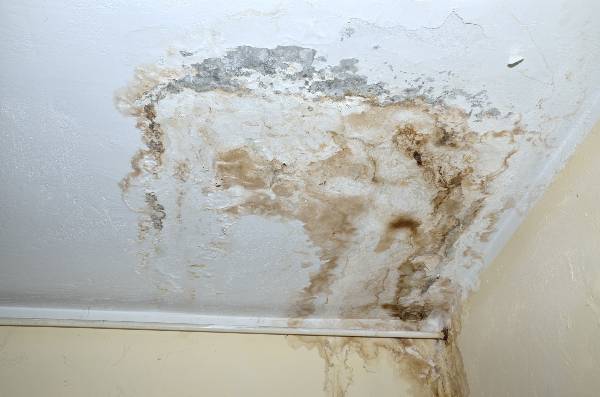Guide To Water Leakage Discovery In Your Home
Guide To Water Leakage Discovery In Your Home
Blog Article
Nearly everybody may have their own perception about Locating water leaks.

Early detection of leaking water lines can minimize a prospective calamity. Some tiny water leakages may not be noticeable.
1. Analyze the Water Meter
Checking it is a proven means that assists you find leaks. If it relocates, that indicates a fast-moving leak. This implies you may have a slow-moving leak that can also be below ground.
2. Examine Water Usage
Evaluate your water expenses and also track your water consumption. As the one paying it, you should observe if there are any type of disparities. If you detect sudden changes, regardless of your consumption coinciding, it indicates that you have leaks in your plumbing system. Remember, your water costs ought to fall under the same variety monthly. An unexpected spike in your expense suggests a fast-moving leakage.
On the other hand, a steady increase every month, despite the very same routines, shows you have a slow leakage that's also slowly intensifying. Call a plumber to thoroughly examine your residential property, particularly if you really feel a cozy area on your floor with piping below.
3. Do a Food Coloring Examination
When it comes to water intake, 30% comes from toilets. If the shade somehow infiltrates your bowl during that time without flushing, there's a leak between the tank as well as dish.
4. Asses Outside Lines
Don't forget to check your exterior water lines as well. Test faucets by connecting a garden hose pipe. Must water seep out of the connection, you have a loose rubber gasket. Change this and make sure all links are limited. If you've got a lawn sprinkler, it will certainly aid get it expertly checked out and also maintained each year. One tiny leakage can waste tons of water and spike your water expense.
5. Evaluate as well as Evaluate the Circumstance
Property owners need to make it a behavior to check under the sink counters as well as even inside closets for any type of bad odor or mold development. These two warnings suggest a leakage so punctual attention is required. Doing regular inspections, even bi-annually, can conserve you from a major problem.
Much more notably, if you understand your house is currently old, maintain a watchful eye on your heating units, pipes, pipelines etc. Check for discolorations and compromising as most devices and pipelines have a life expectancy. They will additionally naturally deteriorate because of tear and also use. If you think dripping water lines in your plumbing system, do not wait on it to intensify. Call an expert plumber today so you do not wind up with an awful mess in your home.
Early detection of dripping water lines can mitigate a prospective catastrophe. Some tiny water leakages might not be noticeable. Checking it is a guaranteed means that aids you discover leaks. One tiny leakage can lose heaps of water and also spike your water expense.
If you think dripping water lines in your plumbing system, don't wait for it to rise.
WARNING SIGNS OF WATER LEAKAGE BEHIND THE WALL
PERSISTENT MUSTY ODORS
As water slowly drips from a leaky pipe inside the wall, flooring and sheetrock stay damp and develop an odor similar to wet cardboard. It generates a musty smell that can help you find hidden leaks.
MOLD IN UNUSUAL AREAS
Mold usually grows in wet areas like kitchens, baths and laundry rooms. If you spot the stuff on walls or baseboards in other rooms of the house, it’s a good indicator of undetected water leaks.
STAINS THAT GROW
When mold thrives around a leaky pipe, it sometimes takes hold on the inside surface of the affected wall. A growing stain on otherwise clean sheetrock is often your sign of a hidden plumbing problem.
PEELING OR BUBBLING WALLPAPER / PAINT
This clue is easy to miss in rooms that don’t get much use. When you see wallpaper separating along seams or paint bubbling or flaking off the wall, blame sheetrock that stays wet because of an undetected leak.
BUCKLED CEILINGS AND STAINED FLOORS
If ceilings or floors in bathrooms, kitchens or laundry areas develop structural problems, don’t rule out constant damp inside the walls. Wet sheetrock can affect adjacent framing, flooring and ceilings.
https://www.servicemasterbyzaba.com/blog/how-to-detect-water-leakage-in-walls/

I was made aware of that report on Locating water leaks from someone on our other web property. Sharing is good. Who knows, you could be doing someone a favor. Thank you for going through it.
Report this page